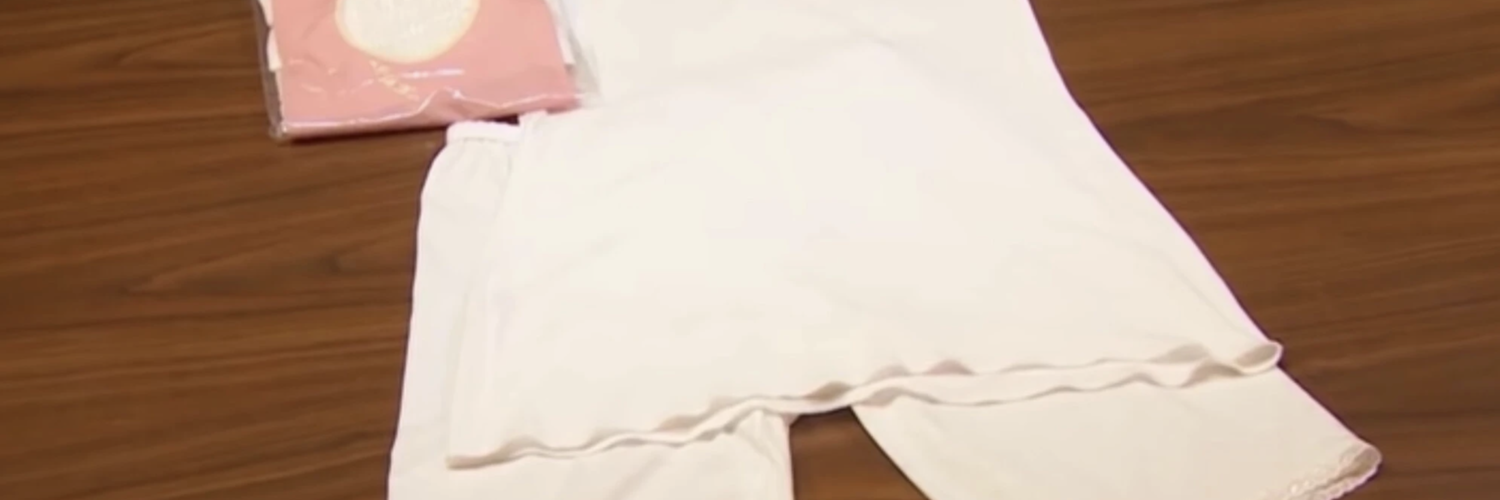I’m not really sure if I am the right person to offer a critique of news coverage of the mysterious undergarments worn by the faithful in the Church of Jesus Christ of Latter-day Saints.
After all, I’m an Eastern Orthodox Christian, which is about as ancient and Trinitarian as you can get.
However, a recent New York Times piece linked to this topic does offer two perfect examples problems that your GetReligionistas see all the time when reading elite mainstream press coverage of topics that some people consider controversial and that religious leaders in a specific tradition really wish they didn’t have to keep discussing (ask Mitt Romney). Let’s start with the eyebrow-raising double-decker headline:
Among Mormon Women, Frank Talk About Sacred Underclothes
Frustrated by itchy, constrictive church-designed garments, they are asking for better fit, more options and “buttery soft fabric.”
Right, the world’s most influential newsroom went there. Of course, experienced religion-news readers can predict, with about 99% odds of being correct, what this story will have to say — without reading a single sentence. It has to be a story about modern women struggling in a male-dominated religious tradition that is struggling with modernity. What else could it be about?
That’s a given. In this case, the opening anecdote comes from Sasha Piton of Idaho Falls, Idaho, who is known online as @themormonhippie. Here is a crucial block of background material (cue the music):
Ms. Piton, 33, had tapped into a familiar problem that few women in the church felt bold enough to discuss publicly. Her posts drew thousands of comments and private messages, in which women vented their frustrations with the holy apparel: itchy hems, bunchy seams, pinching waistbands and even chronic yeast infections caused by fabric that does not breathe.
“It’s sacred,” one commenter wrote. “But it’s still actual underwear.”
Temple garments date back to the church’s origins in the 19th century and symbolize the wearer’s commitment to the faith, akin to the religious garments of many other faith traditions. Adult Latter-day Saints wear them after their “temple endowment,” a private membership ritual that typically takes place before missionary service or marriage. The church controls the design and manufacturing process of the garments, and sells them globally at low prices.
I’m curious about @tweetmattingly‘s take on the piece, he’s the most thoughtful commentator on religion reporting working today, and I’d certainly find his thoughts worth considering. @GetReligion https://t.co/1ywP6gF1dg
— Christopher D. Cunningham (@CDCunninghamLDS) July 21, 2021
In my opinion, there’s quite a bit to praise in this report. However, it’s easy to two familiar problems seen in many religion-beat stories about somewhat hot-button topics. We can see No. 1 right here:
A spokesman for the church declined an interview request and declined to answer a list of detailed questions, instead sending a link to a brief video about the garments produced by the church.
In this case, the problem is on the side of the church establishment. The Times team did a good thing and tried to get a Latter-day Saint authority to explain what is going on — as opposed the new normal in many newsrooms, which is quoting something from a church website.
It would have been good to have had an official voice speak about this tradition and why it matters in the modern world. Readers do not know of the Gray Lady’s pros attempted to talk to any other establishment figures, such as church historians, to get that side of the story.
It would have been good to have tried, since that silence from the church leadership led to a very familiar problem No. 2:
Not everyone is attached to the idea of preserving the garments. Lindsay Perez, 24, who lives in Salt Lake City, used to experience persistent urinary tract infections that she believes were made worse by her garments. She now leaves them off at night, and after she showers.
If she had her choice, she said, she would prefer to wear a cross necklace, or a ring — popular among young church members — with the letters C.T.R., a reference to the motto “Choose the Right,” a reminder to make ethical choices. “There are so many different ways to remind myself of what I’ve promised,” Ms. Perez said. “I don’t need that to be through my underwear.”
In private Facebook groups for women in the church, she said, garments are a constant topic of discussion, with some women hoping for improvements and others defending the garments as they are.
Stop and think about this for a moment. It appears that there are three groups of people here: (1) those, including some LDS women, who think the tradition is fine as it is, (2) women who want to work with church authorities to modify the undergarments so that they are more comfortable, while retaining their symbolism and function and (3) believers who are ready to switch to some other less controversial, or perhaps (from their point of view) less tacky, symbol of their faith.
Note that the story mentions that there are women online defending the current expression of the tradition. Where are they in this story?
My assumption is that, once official voices of the church declined to be interviewed, that simply shut down efforts to cover that part of the story. Thus, readers are left with a story that strives hard (and does a good job) representing the thoughts of women in camps (2) and (3), but not in camp (1).
I wish that someone in the hierarchy had agreed to do the interview and then RECORDED IT, so that a transcript could be posted online. The church official could have gone a step further and provided the names of some women who are experts on the subject — signalling that it would be good for them to do some recorded interviews with the Times.
It appears, to me, that the Times wanted to hear from women with different points of view. It’s possible that silence at the top ended the quest to find informed voices for the church’s current practice.
Thus, readers have a story that is interesting and does a good job of listening to women who have some valid questions. But the story is missing a key point of view.
Just saying.
FIRST IMAGE: New York Times screen shot from publicity video posted by the Church of Jesus Christ of Latter-day Saints.
I LOVE WOMEN AND RELIGIOUS UNDERWEAR DISCOURSE https://t.co/Q2HexalnZ4
— Avigayil Halpern (@avigayiln) July 22, 2021










